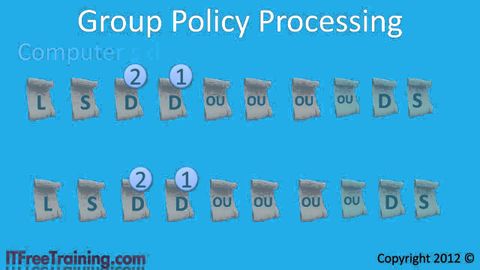MCITP 70-640:執行和阻止組策略。 (MCITP 70-640: Enforcing and Blocking Group Policy)
Chrisene Chang 發佈於 2021 年 01 月 14 日  沒有此條件下的單字
沒有此條件下的單字US /ˈprɑsˌɛs, ˈproˌsɛs/
・
UK /prə'ses/
- v.t.用電腦處理(資料);(依照規定程序)處理;處理;流程;加工;理解
- n. (c./u.)(規定的)程序;過程;進程;方法;法律程序;進程
- n.協會;指令;整齊有序;命令;指令;制度;秩序;順序
- v.t.整理;下達命令;點(飯菜);訂購
- v.i.側線 ; 旁軌 ; 外牆
- n.一方;一派;(身體的)一側;(性格的)方面;(事物的)邊緣;(相互對立的)一方
- adj.次要的;次要的(門等)

